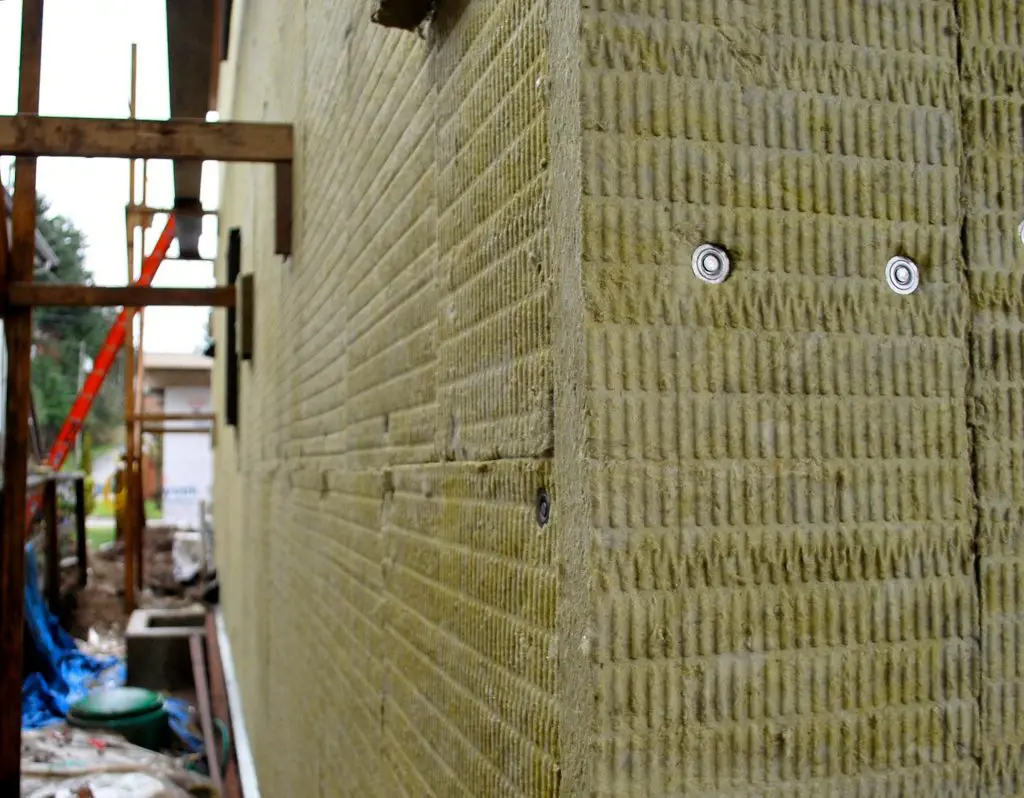Featured Video
Furnace Room Ventilation
Q: Do I need to install vented doors when I build a wall around the furnace and water heater in my basement? I’d prefer to use solid doors if I could, but I’m concerned that the furnace needs to draw air for combustion. Do I need to be intentional about letting it into the furnace room?
A: Although your furnace probably draws outdoor air for burning through a pipe that goes out the basement wall, your water heater might use air from the furnace room for combustion. And even if it doesn’t, there’s no guarantee that future equipment installed by subsequent homeowners will use outside air exclusively. With this in mind, I’d recommend installing some kind of vents to your new room. Regulations usually call for two vents in furnace rooms, one about 6” above the floor and the other near the ceiling. Make each vent 1 square inch in size for every 1000 btu/hr input of your furnace. This means that a typical furnace of 100,000 btu/hr would require two louvres 10” x 10” each. You don’t necessarily need to put these in the door, just somewhere leading into the furnace room.
Insulating Exterior Walls
Q: Is it a good time to add insulation to outside walls as part of a siding replacement job?
A: Yes, absolutely, and it doesn’t matter if you live in a heating climate or a cooling one. Siding replacement offers a great chance to add wall insulation to any house while the work is going on. The job involves adding a layer of rigid insulation to the outside of the walls before new siding goes on, and there are two main options to choose from. The traditional approach involves sheets of extruded polystyrene foam an inch or two thick, but one particular kind of fiber-based insulation is better in one important way. Rockwool (formerly Roxul) ComfortBoard IS is a stiff but breathable insulation board that’s dense enough to support wood strips for fastening your new siding to. It goes on after the old vinyl is removed, adding insulation and soundproofing action.

Rigid sheets of foam insulation offer another option. The problem with foam is that if moisture gets behind it, that moisture can’t escape. The ComforBoard is different in that it allows trapped moisture to leave. It’s also surprisingly resistant to liquid moisture soaking in.
Since the exterior face of the wall gets thicker because of the new insulation, the exterior window and door jambs will need to be extended in a weatherproof way to account for the added thickness of the insulation. Any good renovator can make this happen, but it does require care to make sure the installation is completely waterproof.
The Truth About Basement Walls
Q: Why have you written that wooden stud walls are not a great choice for finishing basements? My hubby is a contractor and he’s been using them for years.

A: Stud frame walls and batt-type insulation have been used to finish basements since the 1950s because this combination used to be the only available option. The problem is how vulnerable the arrangement is to moisture and mold growth. Even a small amount of leaked moisture through the walls will cause mold to grow like crazy inside wall cavities. It’s like stuffing a wet towel into a plastic bag. There’s also a problem with water you can’t see.
I regularly hear from readers who have basement stud walls and vapour barrier installed, but no drywall yet for a while. They can see through the clear vapour barrier and are rightly concerned when condensation sometimes develops on the inside of the vapour barrier during warm weather. Based on the number of reports I get from homeowners on this, I suspect this condensation dynamic is happening in many more basements than meets the eye. It’s just that it can’t be seen because it’s covered by drywall or paneling.
Modern, foam-based basement wall systems side-step all these problems because they aren’t hollow. It’s the hollow nature of stud frame walls that makes them so vulnerable to moisture and mold. There are a handful of different basement wall systems on the market that use foam. You can check out my video tour of one of them below.



